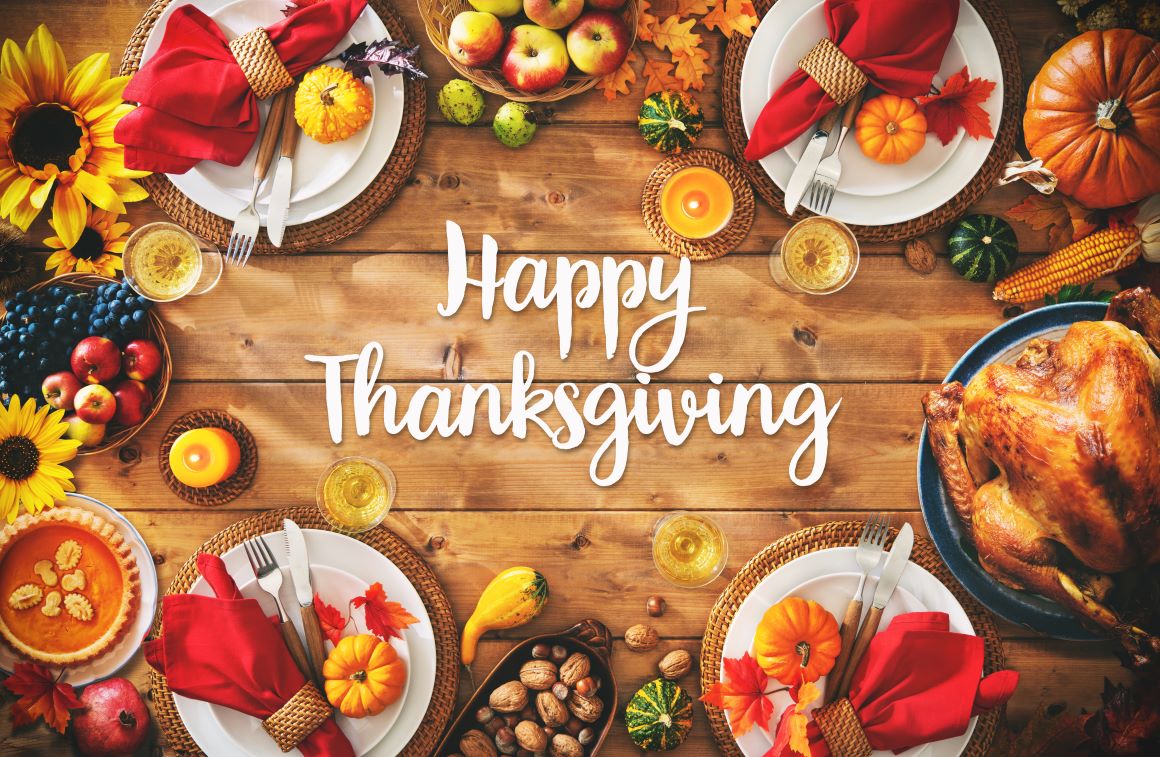Introduction
Thanksgiving Day, celebrated on the fourth Thursday of November in the United States, is a time-honored tradition that brings families and friends together to express gratitude for the blessings of the past year. This annual observance has a rich history, with roots dating back to the early 17th century, and has evolved into a cherished occasion marked by feasting, reflection, and acts of kindness.
Origin and History
The origins of Thanksgiving can be traced back to 1621 when the Pilgrims, English Puritans seeking religious freedom, and the Wampanoag Native Americans shared a harvest feast in Plymouth, Massachusetts. This historic gathering, often considered the first Thanksgiving, symbolized unity and cooperation between different cultures. However, it wasn’t until 1863 that President Abraham Lincoln proclaimed Thanksgiving a national holiday, solidifying its place in American culture.
Meaning and Significance
Thanksgiving serves as a reminder to pause and express gratitude for the abundance in our lives. It goes beyond a simple feast; it is a time to reflect on the importance of family, friends, and the countless blessings that often go unnoticed. The spirit of Thanksgiving encourages people to cultivate a mindset of gratitude, fostering a positive outlook and a sense of contentment.
What Makes Thanksgiving Special
- Family and Friends: Thanksgiving is synonymous with the gathering of loved ones. It provides an opportunity to strengthen familial bonds and create lasting memories. Whether sharing stories around the dinner table or engaging in festive activities, the day is about connection and togetherness.
- Feast of Gratitude: Central to Thanksgiving is the iconic feast. A traditional Thanksgiving meal typically includes a roast turkey, stuffing, mashed potatoes, cranberry sauce, and pumpkin pie. The act of sharing a bountiful meal underscores the theme of gratitude and abundance.
- Expressions of Gratitude: Many families incorporate a tradition of sharing what they are thankful for during the meal. This practice fosters a sense of appreciation and encourages individuals to reflect on the positive aspects of their lives.
- Acts of Kindness: Thanksgiving is not only about personal gratitude but also about giving back. Many people engage in acts of kindness, such as volunteering at local charities or donating to food banks, to extend the spirit of Thanksgiving to those in need.
Organizing a Memorable Thanksgiving
- Host a Potluck Dinner: Share the joy of cooking and create a collaborative atmosphere by organizing a potluck-style Thanksgiving dinner. This allows everyone to contribute to the feast and showcase their culinary talents.
- Outdoor Activities: Depending on the weather, consider organizing outdoor activities like a friendly football game, a nature hike, or a community service project. Connecting with nature and engaging in physical activity can enhance the overall Thanksgiving experience.
- Crafting and DIY Decorations: Get creative by involving everyone in crafting handmade decorations or centerpieces. This not only adds a personal touch to the celebration but also provides a fun and engaging activity for family members of all ages.
- Gratitude Jar or Journal: Encourage everyone to write down what they are thankful for on slips of paper and place them in a gratitude jar. Alternatively, create a shared gratitude journal where each family member can record their thoughts throughout the year.
Conclusion
Thanksgiving is a time to express gratitude, foster meaningful connections, and create lasting traditions. As we come together to share a feast and reflect on our blessings, we celebrate the essence of this cherished holiday. In the spirit of Thanksgiving, let us embrace the opportunity to appreciate the richness of our lives and extend kindness to others, making the day truly special for everyone involved.

